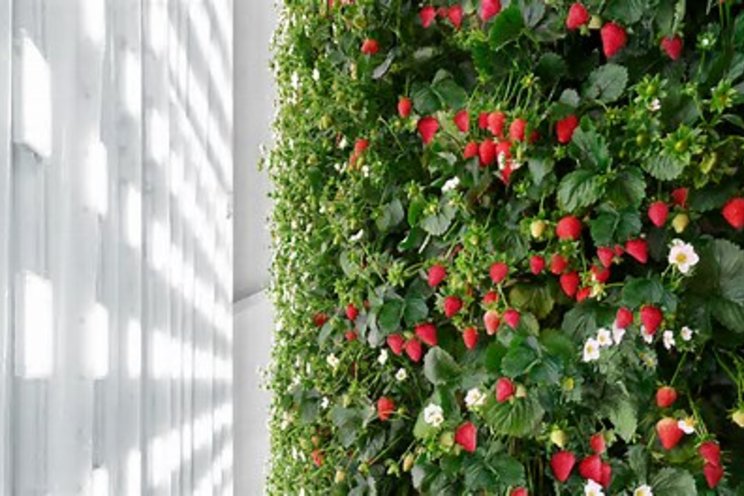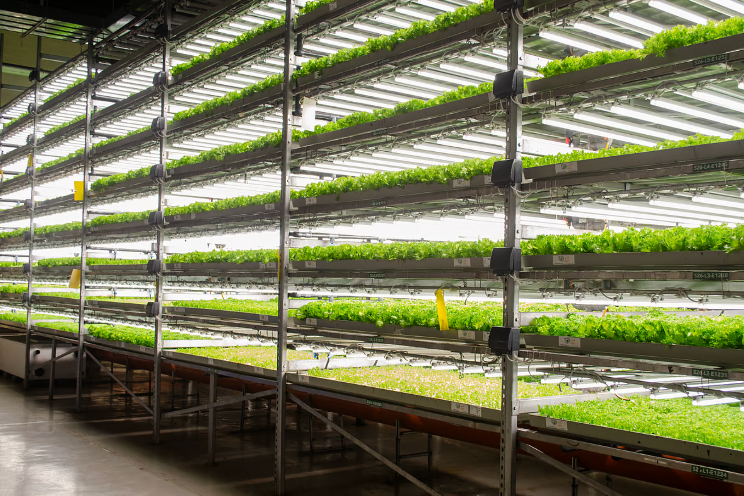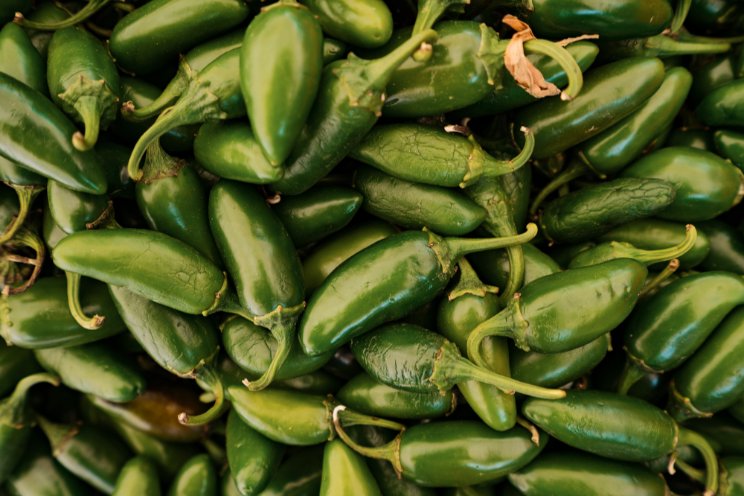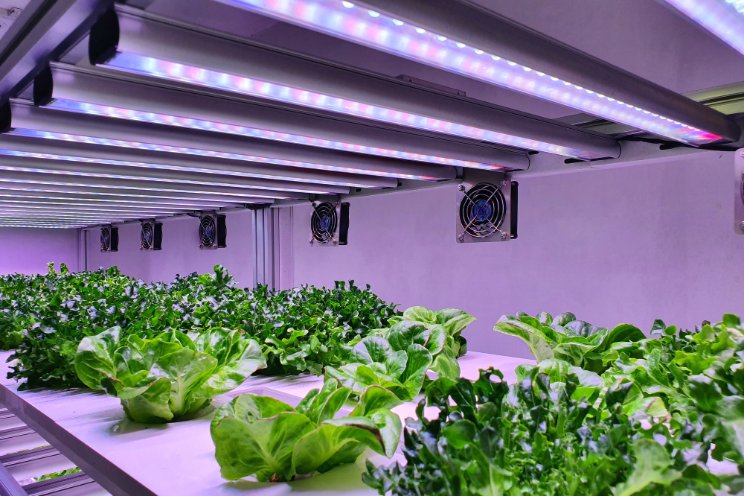Why VF is producing more nutritious crops
Added on 04 April 2023

We often hear about vertical farms using water sustainably, 95% less than traditional open field harvesting, to provide superior tasting crops.
But, how is this soilless farming technique impacting human health?
#1: Harvesting On Demand At Peak Freshness

&ever’s Grow Tower; image sourced from &ever
With the power to farm vertically within one’s own home, consumers can now harvest their crops only moments before consumption, resulting in a higher nutritional value, better-tasting greens, and significantly less food waste.
&ever’s Grow Box is a one-stop-shop system for leafy greens and can even be operated by untrained staff, according to &ever. The proprietary technology of the climate cell creates a steady microenvironment to allow plants to grow independently of weather, seasons, and pests, plus the use of “dryponics” helps keep the plants alive until the consumer is ready to harvest.
The key here is the freshness of the crops. Produce no longer has to travel miles and miles through countries or states to get to your kitchen table. This time saved in travel is also nutritional value preserved in the crops. Another benefit is that no artificial preservatives, like wax coatings, are needed to keep the produce consumer-ready.
#2: Growing Under Perfect Conditions
Vertical farms generally use hydroponics or aeroponics to grow their plants in nutrient-enriched water that can be carefully monitored through digital sensors. This degree of control over plant nutrient supply means that the fertilization strategies are designed to match the plant needs for all 14 essential plant nutrients throughout the growth period.
Photo: Agritecture
More news















